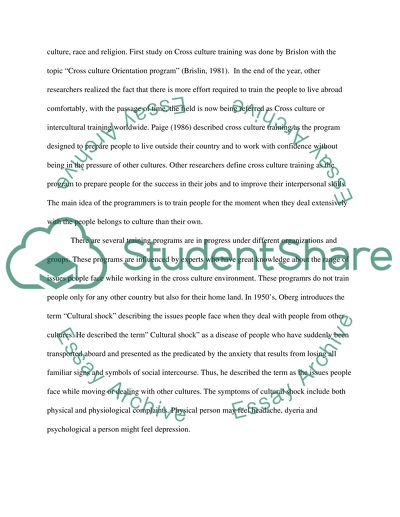Cite this document
(“Cross-cultural Training literature review ( International HRM) Essay”, n.d.)
Retrieved from https://studentshare.org/environmental-studies/1420257-cross-cultural-training-literature-review
Retrieved from https://studentshare.org/environmental-studies/1420257-cross-cultural-training-literature-review
(Cross-Cultural Training Literature Review ( International HRM) Essay)
https://studentshare.org/environmental-studies/1420257-cross-cultural-training-literature-review.
https://studentshare.org/environmental-studies/1420257-cross-cultural-training-literature-review.
“Cross-Cultural Training Literature Review ( International HRM) Essay”, n.d. https://studentshare.org/environmental-studies/1420257-cross-cultural-training-literature-review.


